…brought new ideas, raw materials, and exotic fashion ideas. The Barocco pearl became a key fashion accessory, found in Portugal. The early 17th century was called “Baroque”. (Portrait: 1606 Elizabeth de Valois in Baroque pearls)
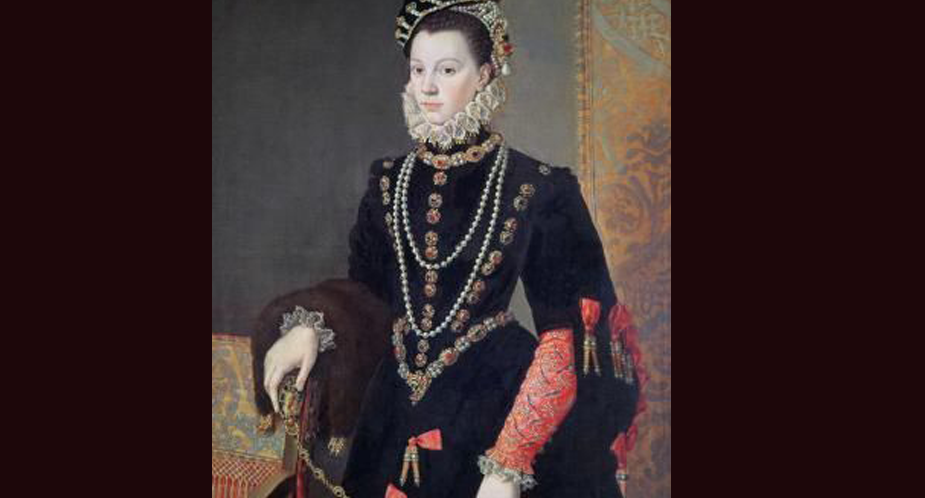

…brought new ideas, raw materials, and exotic fashion ideas. The Barocco pearl became a key fashion accessory, found in Portugal. The early 17th century was called “Baroque”. (Portrait: 1606 Elizabeth de Valois in Baroque pearls)
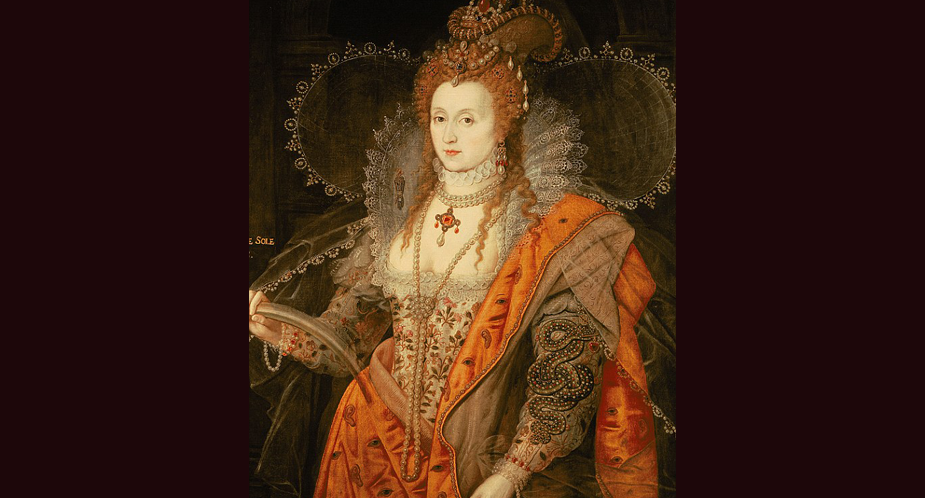
… trade with india brought a new kind of starch called “rice starch” which had been used by Indians as a protective barrier between hair oils and costly fabrics of garments. This collar stiffener affected how European fashion would be developed with the elaborate collars and ruffs of Courts such …
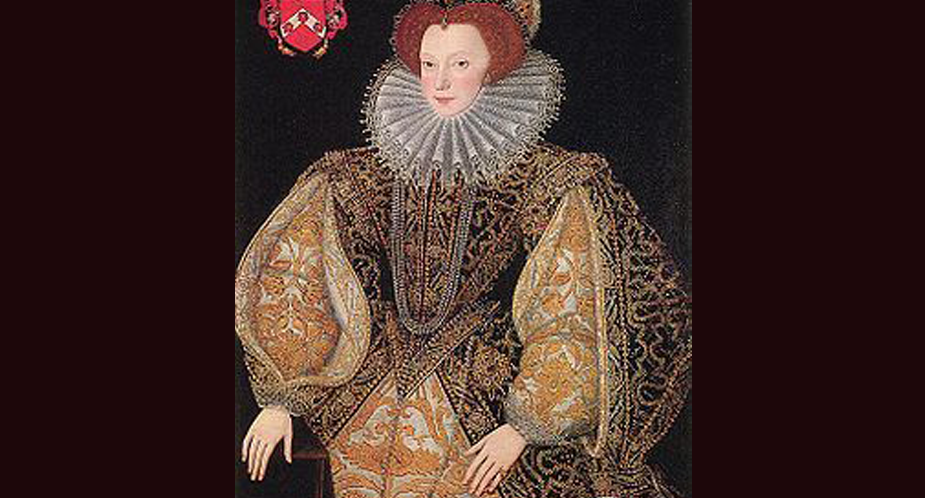
…an elaboration of the Renaissance styles. Court life was extremely influential, as political supremacy dictated behavior and culture. War and political marriages brought new ideas to cross over the boundaries of countries. Tailors continued to be the innovators and implementers of new ideas. (Portrait: 1543 Queen Elizabeth I)
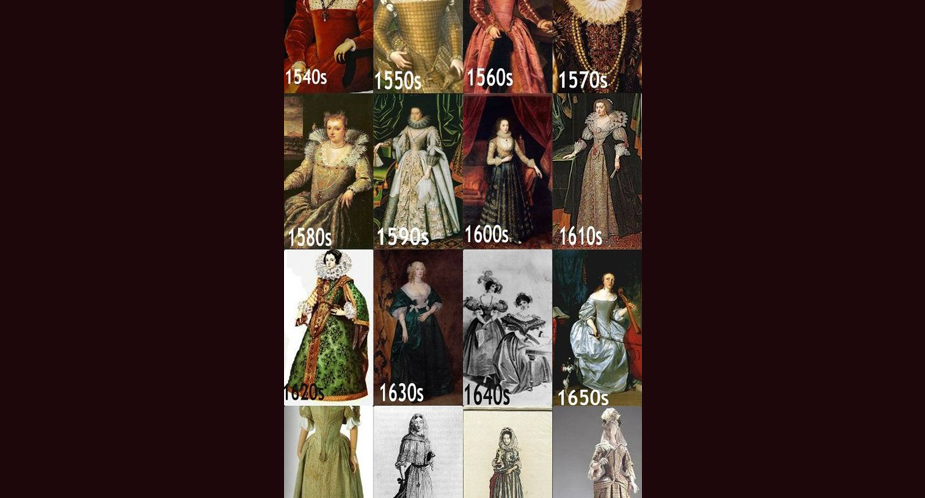
…occurred during the Tudor era which was between 1485 and 1603 in England and Wales and includes as a “sub-era” the Elizabethan period during the reign of Elizabeth I until 1603. The Tudor period coincides with the dynasty of the House of Tudor in England whose first monarch was Henry …

…the pair of bodys was reinforced further by adding whalebones (baleen, or cartilege from a whale’s mouth) to the front and the back. The side lacing of the earlier period was changed to the more convenient center back or front opening. When it became fashionable to open the gown in …
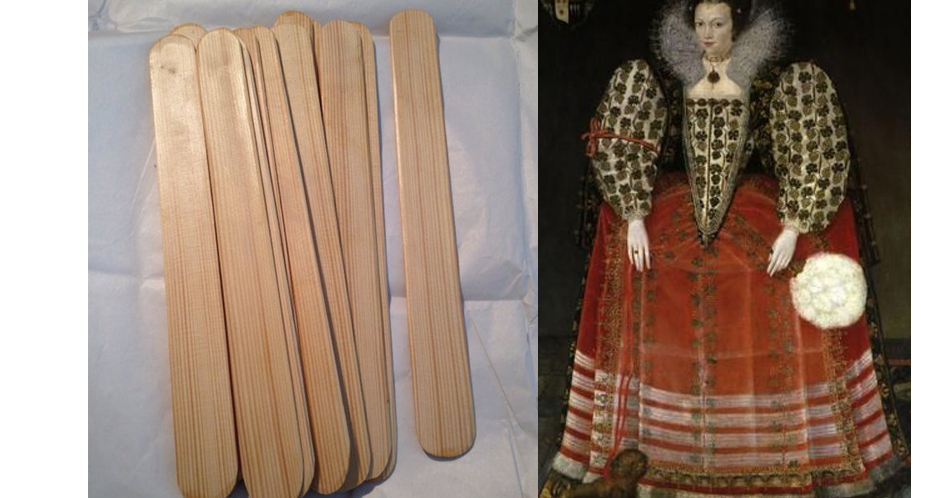
…to keep the front part very rigid, a “busc” was added. This was a piece of wood, horn, whalebone, metal, or ivory that was thicker on top and tapered down. This was often beautifully decorated and inserted between the layers of linen and tied in by a lace. (Left: Modern …
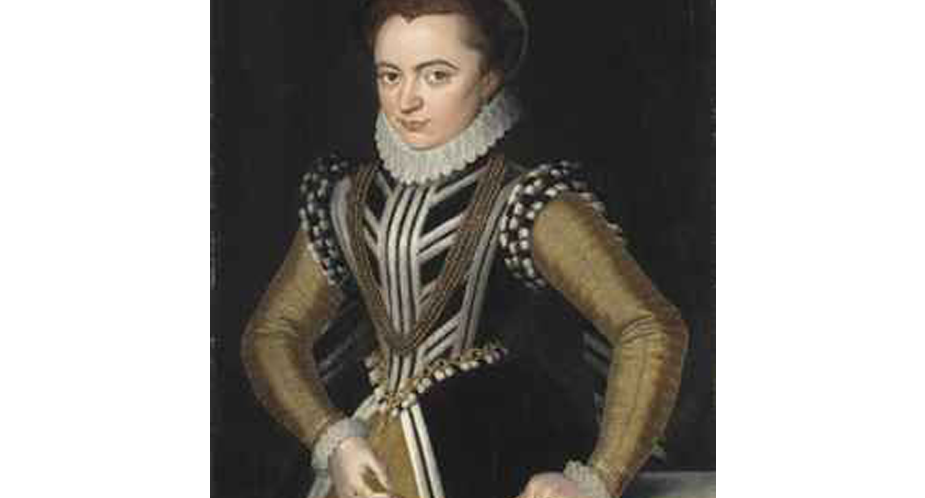
…was probably quite simple in shape and made from only two pieces of linen sometimes stiffened by paste. They were stitched together and shaped to the waist at the sides. (Portrait: the layered and stiffened bodice of about 1550)
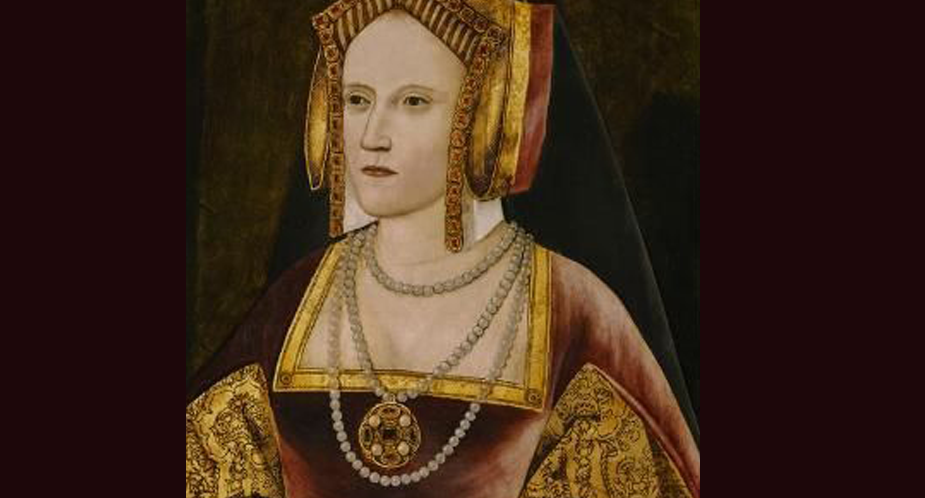
…separate bodice and skirt, both structured and stiffened, was called a “pair of bodys” or sometimes just a “body”, although that term usually meant just the upper part of a robe. The French used the same word for body, “corps” for both upper and under bodices. (Portrait: Catherine of Aragon …

…It was the fashion to wear the outer robe open, so the front part of the waistcoat began to be elaborately embroidered and embellished. It was used to cover and hide the fastenings, and became the “stomacher” or “placard”. (Portrait: Woman in early 16th century Italian ornate “placard” under open …
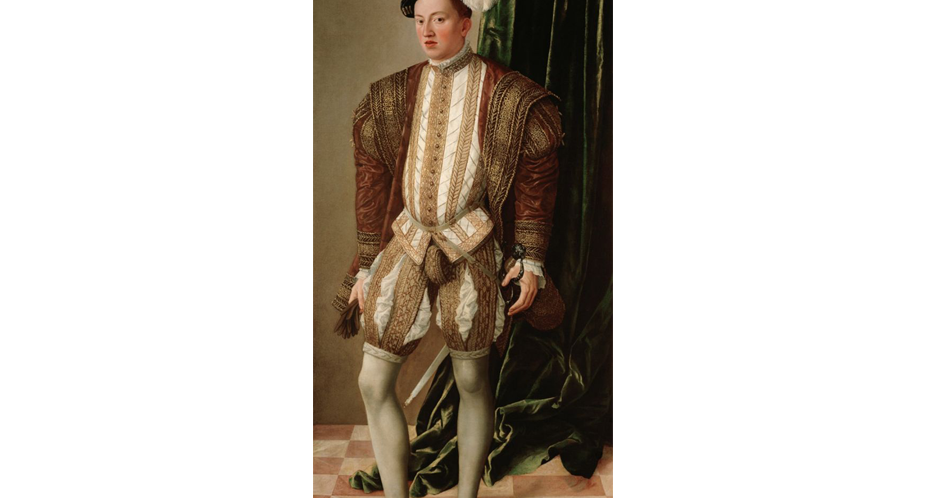
…was a man’s garment, although they looked much the same, the difference was the skirt versus the men’s lower garments. (Portrait: 1548 man)